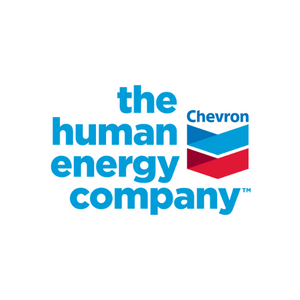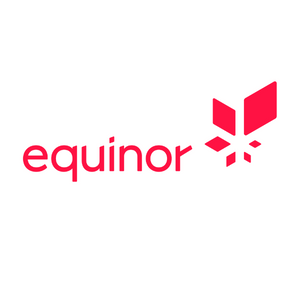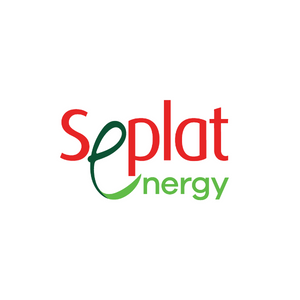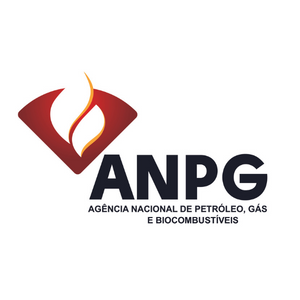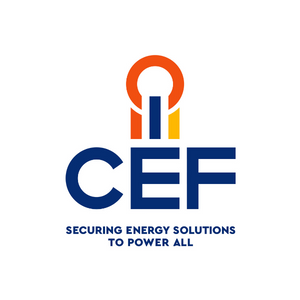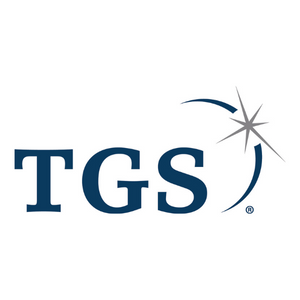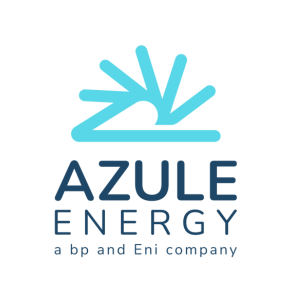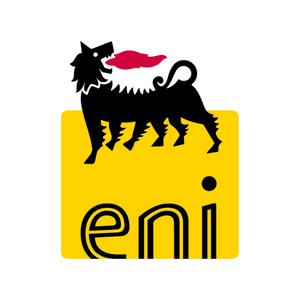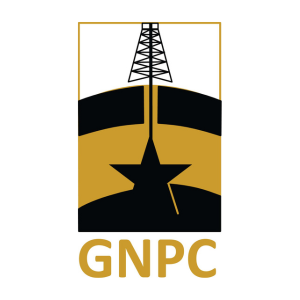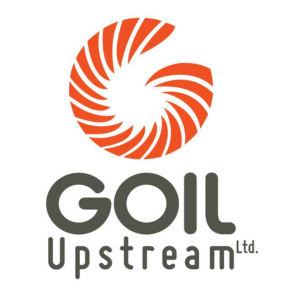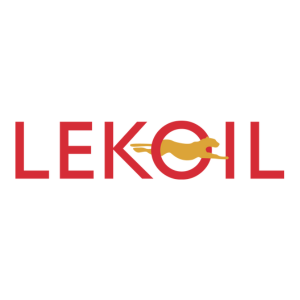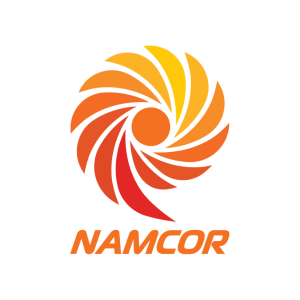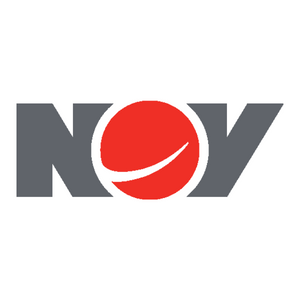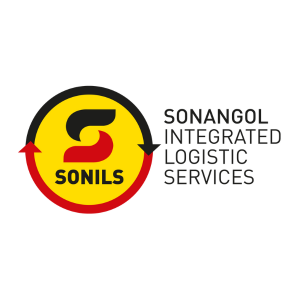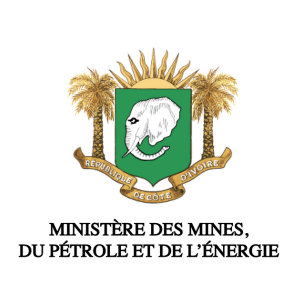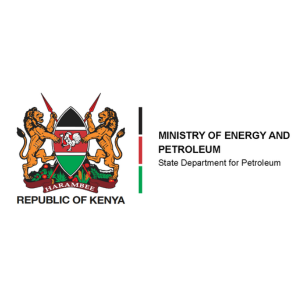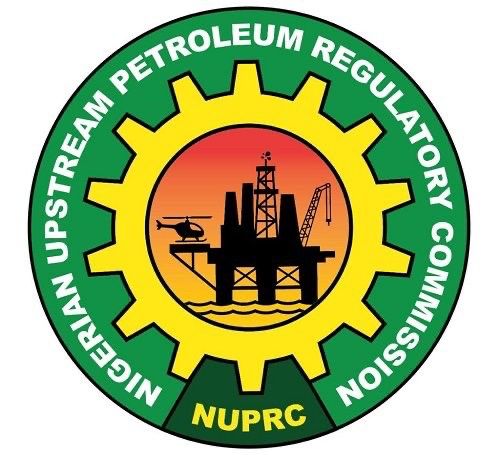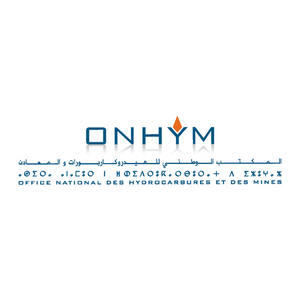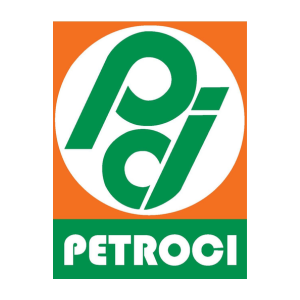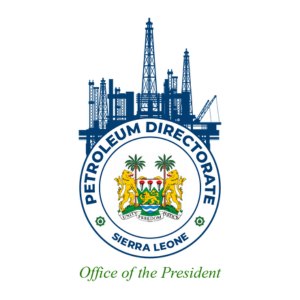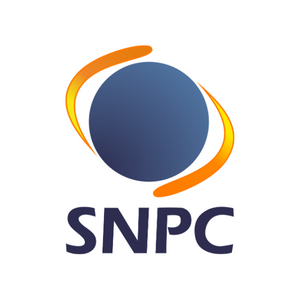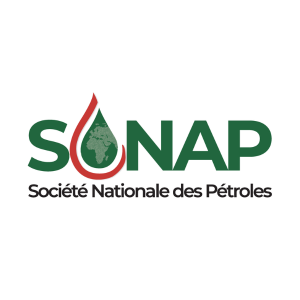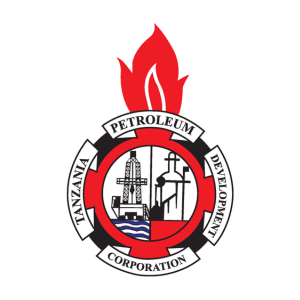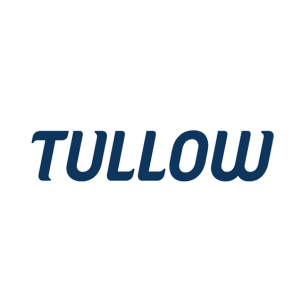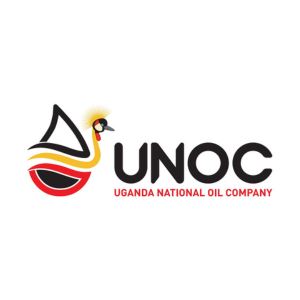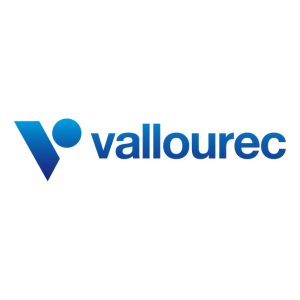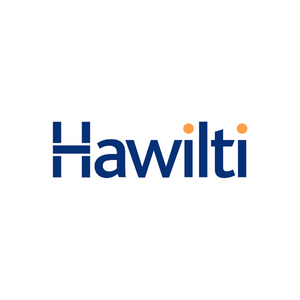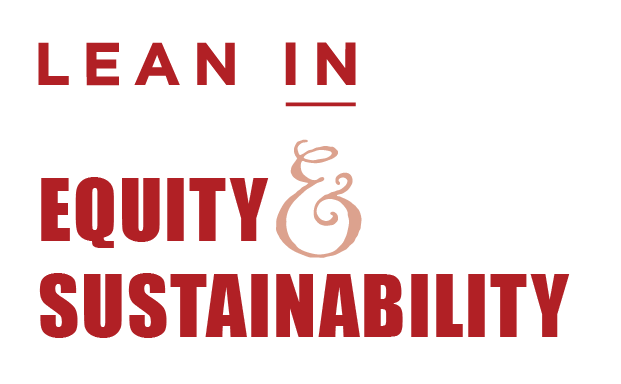TechnipFMC and DNV GL are developing the oil and gas industry’s first methodology for qualifying the integrity of digital twin technology.
Digital twins provide virtual representations of systems and physical assets over their lifecycles. Recognising the potential to increase safety and efficiency, the oil and gas industry is increasingly applying this technology. As the industry prioritises digital twins and technologies integrated within them for investment in 2020, this is set to grow, according to DNV GL’s latest industry outlook, New Directions, Complex Choices.
The attraction is that a digital twin can support information-based decisions across the lifecycle of assets, from the design stage through to decommissioning. The big question though, is whether the information from a digital twin can be trusted. Establishing such trust will be key to adoption, as companies will only be able to extract maximum value from a digital twin if they are assured that it will function as specified.
“As more digital twins enter the oil and gas sector, it is key for operators to know that their twin works as planned, and that its output is reliable” said Julie Cranga, BP, Subsea Digital, TechnipFMC.
TechnipFMC, a global leader in subsea, onshore/offshore and surface projects, is partnering with DNV GL to develop the oil and gas industry’s first methodology for qualifying the integrity of digital twin technology. It is being piloted in 2020 in two subsea development projects.
“Bringing clarity and structure to the qualification process is critical,” said Kjell Eriksson, vice president – digital partnering, DNV GL - Oil & Gas. “In these early years of the industry using this technology, clearly specifying what you want to achieve from the digital twin and how you will manage the change or disruption to working is a genuine challenge for many companies.”
To help overcome these challenges, the industry will benefit from considering twins in terms of functional elements. A functional element is the part of a twin’s capabilities that supports the user in making a specific decision. For example, the process and checklist for a functional element should cover: the need that it must meet; the key decisions it must support; and, the types, quality and number of data sources that will be required. The feasibility of the functional element will be continuously assessed as it matures and is ultimately validated. The functional element should also cover the performance of the digital twin over time, as expressed through a quality indicator.
The quality indicator reflects the fact that users need to be able to trust the digital twin at any and all times. For example, a sensor may have stopped working without anyone noticing, or maintenance and modification work on a physical asset may not have been updated in the virtual model.
“Through a structured combination of automated and audit-based assurance processes, companies can trust that the twin is always up to date,” said Eriksson.
A methodology to qualify digital twins should adhere to the following three principles. First, it must enable a modern agile approach to development of digital twins, while being systematic at the same time. Second, it should be scalable, as digital twins mature and evolve. Finally, the qualification process must become broadly accepted in order to serve as terms of reference between supplier and buyer, enabling efficient development and procurement processes. The methodology that TechnipFMC and DNV GL are developing aims to meet all three of these goals.
Advanced industrial operations depend on information systems for control and analysis. Data is increasingly considered to be of equal value to physical assets, and considerable costs are involved in collecting, storing, and acting upon data. An advanced digital twin is no exception.
The quality indicator component involves continuous assessment of the quality of data and algorithms, and of the twin’s output and automated recommendations. The indicator also includes periodic assessment of the functional elements and of changes to the asset.
As the TechnipFMC / DNV GL pilot project continues, the aim is to refine the methodology to publish a new DNV GL recommended practice for the quality assurance of digital twins to increase their efficiency by the end of 2020.
The digital twin qualification methodology being developed uses the definition of digital twins previously provided. It is applicable to alternative definitions, though this may require adjustments depending on the scope and application at hand.
“We invite other companies to come forward with digital-twin modules with which we can test and refine the assurance methodology before the recommended practice is published,” said Eriksson. “We aim to create a broadly accepted recommended practice that operators and technology providers can use as a key reference. Having a standardized approach will remove uncertainty and move the industry to a more efficient future powered by trustworthy digital twins.”
The attraction is that a digital twin can support information-based decisions across the lifecycle of assets, from the design stage through to decommissioning. The big question though, is whether the information from a digital twin can be trusted. Establishing such trust will be key to adoption, as companies will only be able to extract maximum value from a digital twin if they are assured that it will function as specified.
“As more digital twins enter the oil and gas sector, it is key for operators to know that their twin works as planned, and that its output is reliable” said Julie Cranga, BP, Subsea Digital, TechnipFMC.
TechnipFMC, a global leader in subsea, onshore/offshore and surface projects, is partnering with DNV GL to develop the oil and gas industry’s first methodology for qualifying the integrity of digital twin technology. It is being piloted in 2020 in two subsea development projects.
“Bringing clarity and structure to the qualification process is critical,” said Kjell Eriksson, vice president – digital partnering, DNV GL - Oil & Gas. “In these early years of the industry using this technology, clearly specifying what you want to achieve from the digital twin and how you will manage the change or disruption to working is a genuine challenge for many companies.”
To help overcome these challenges, the industry will benefit from considering twins in terms of functional elements. A functional element is the part of a twin’s capabilities that supports the user in making a specific decision. For example, the process and checklist for a functional element should cover: the need that it must meet; the key decisions it must support; and, the types, quality and number of data sources that will be required. The feasibility of the functional element will be continuously assessed as it matures and is ultimately validated. The functional element should also cover the performance of the digital twin over time, as expressed through a quality indicator.
The quality indicator reflects the fact that users need to be able to trust the digital twin at any and all times. For example, a sensor may have stopped working without anyone noticing, or maintenance and modification work on a physical asset may not have been updated in the virtual model.
“Through a structured combination of automated and audit-based assurance processes, companies can trust that the twin is always up to date,” said Eriksson.
A methodology to qualify digital twins should adhere to the following three principles. First, it must enable a modern agile approach to development of digital twins, while being systematic at the same time. Second, it should be scalable, as digital twins mature and evolve. Finally, the qualification process must become broadly accepted in order to serve as terms of reference between supplier and buyer, enabling efficient development and procurement processes. The methodology that TechnipFMC and DNV GL are developing aims to meet all three of these goals.
Advanced industrial operations depend on information systems for control and analysis. Data is increasingly considered to be of equal value to physical assets, and considerable costs are involved in collecting, storing, and acting upon data. An advanced digital twin is no exception.
The quality indicator component involves continuous assessment of the quality of data and algorithms, and of the twin’s output and automated recommendations. The indicator also includes periodic assessment of the functional elements and of changes to the asset.
As the TechnipFMC / DNV GL pilot project continues, the aim is to refine the methodology to publish a new DNV GL recommended practice for the quality assurance of digital twins to increase their efficiency by the end of 2020.
The digital twin qualification methodology being developed uses the definition of digital twins previously provided. It is applicable to alternative definitions, though this may require adjustments depending on the scope and application at hand.
“We invite other companies to come forward with digital-twin modules with which we can test and refine the assurance methodology before the recommended practice is published,” said Eriksson. “We aim to create a broadly accepted recommended practice that operators and technology providers can use as a key reference. Having a standardized approach will remove uncertainty and move the industry to a more efficient future powered by trustworthy digital twins.”

